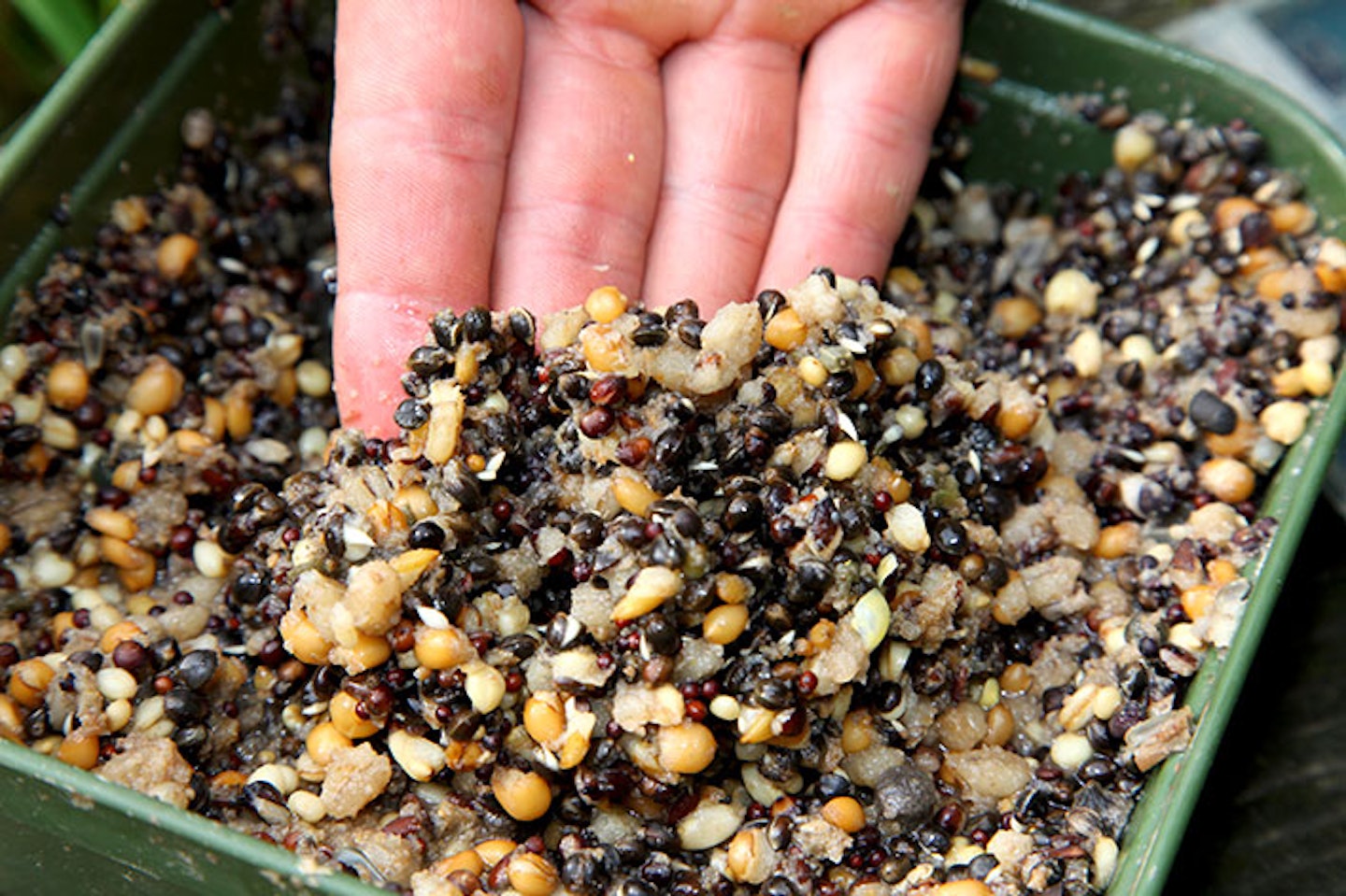In this exclusive piece, TERRY HEARN offers his complete guide to coldwater carp fishing, from rigs and bait to tips and tactics...
I could easily write many thousands of words on the subject of winter carping.
However, as I haven’t got the space to do so here, I’ll focus instead on the little things that I think matter the most when it comes to keeping the bites coming in the cold.
First up has to be location, or more precisely, fishing the right sort of spots.
For more great tips from top anglers head to this year’s The Big One Show
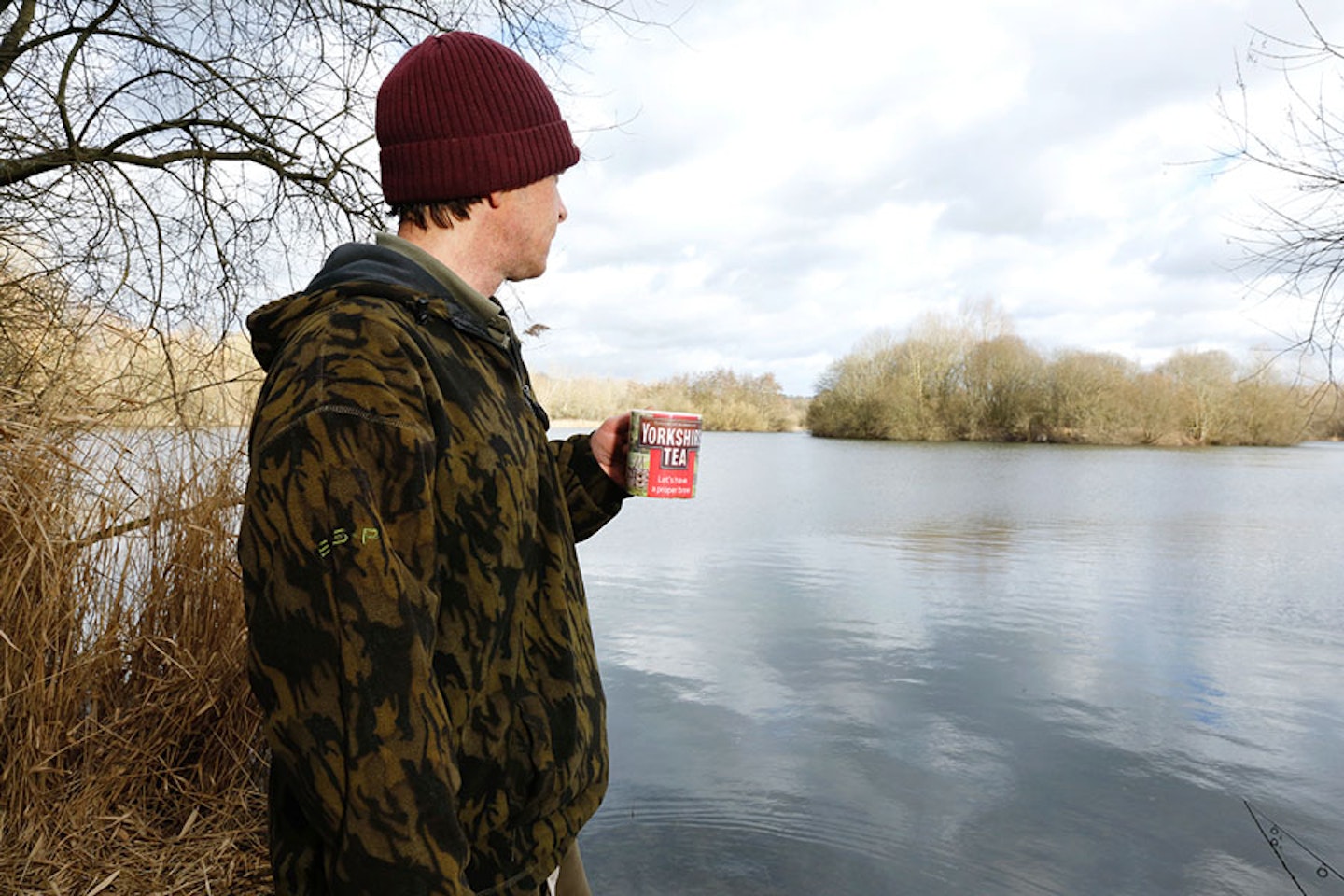
CARP COMFORTS
We’re all familiar with the sayings ‘you can only catch what’s in front of you’ and ‘ten minutes in the right place is worth ten hours in the wrong one’. Well, when it comes to cold-water carping, never were truer words said.
Being in the right place should be right at the top of the list, and absolutely everything else comes second.
There’s no substitute for watercraft here either; the more waters and the more winters that you fish, the more easily you’ll be able to piece everything together.
As a good starting point, look for the areas which still hold weed, as well as those most protected from the winds. Carp love cover, somewhere they can lay up with a roof over their heads.
When it comes to choosing the areas least exposed to the winds, decent bets include sheltered bays, lees at the back of islands, or maybe a bank which is more heavily wooded than the rest – anywhere which offers protection from the wind and where the water is calmer while still being of a suitable depth.
Add cover in the form of weed, reeds or snags, and it’s all the more likely to be a holding area.
Preferred winds to fish through at this time of year are southerlies or south-westerlies, particularly if they’re strong with air temperatures creeping into double figures to boot.
Such opportunities are a gift and need to be acted upon. Obviously, it depends greatly on the layout of the venue, but chilly northerlies and easterlies are well worth avoiding.
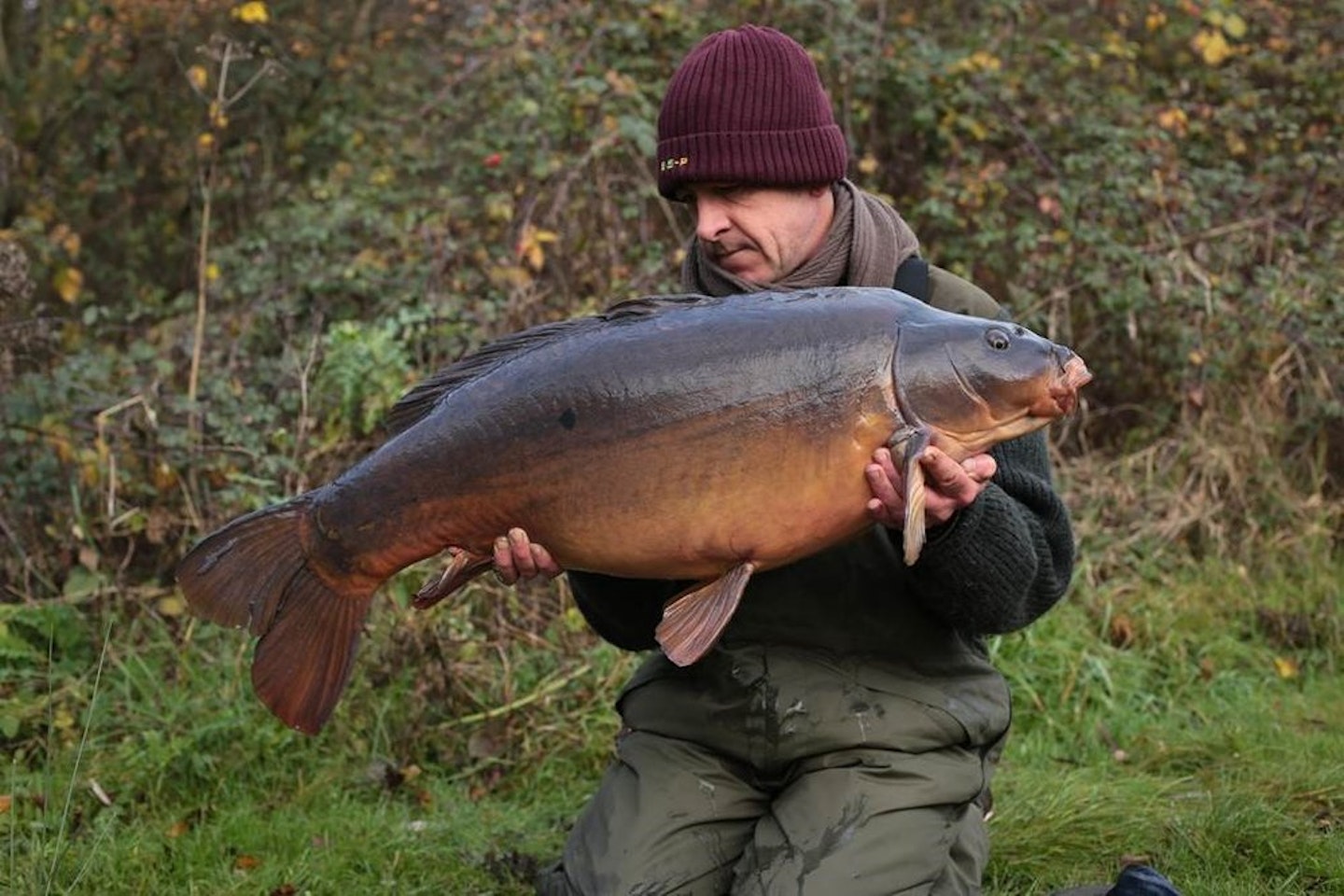
WINDOWS OF OPPORTUNITY
Although I’d nearly always recommend choosing the most protected areas of the lake to concentrate your efforts on, there are occasions when being right in the teeth of the wind can pay off.
A big, mild southerly wind following a spell of cooler water temperatures will cause the choppy water on the end of it warm up quicker than the calm water off the back of it.
It has the opposite effect to blowing on a cup of tea – instead of cooling, it’s warming.
If the water is way colder than the air temperature then I can think of plenty of occasions where I’ve had success fishing on the end of a new, mild wind. However, such occurrences are often short-lived and it won’t be long before the carp back off it again and head to more protected water. Still, they’re well worth capitalising upon.
A water thermometer comes in handy in this respect. There have been trips where I’ve seen the water temperature on the end of a winter wind climb by 4 degrees Fahrenheit in just 48 hours.
Measuring the water in Fahrenheit will give you a wider scope than Celsius and, generally speaking, during December, January and February, I regard the prospects of catching in temperatures of 40-41F as being poor, 42-43F as fair, and 44-45F as excellent.
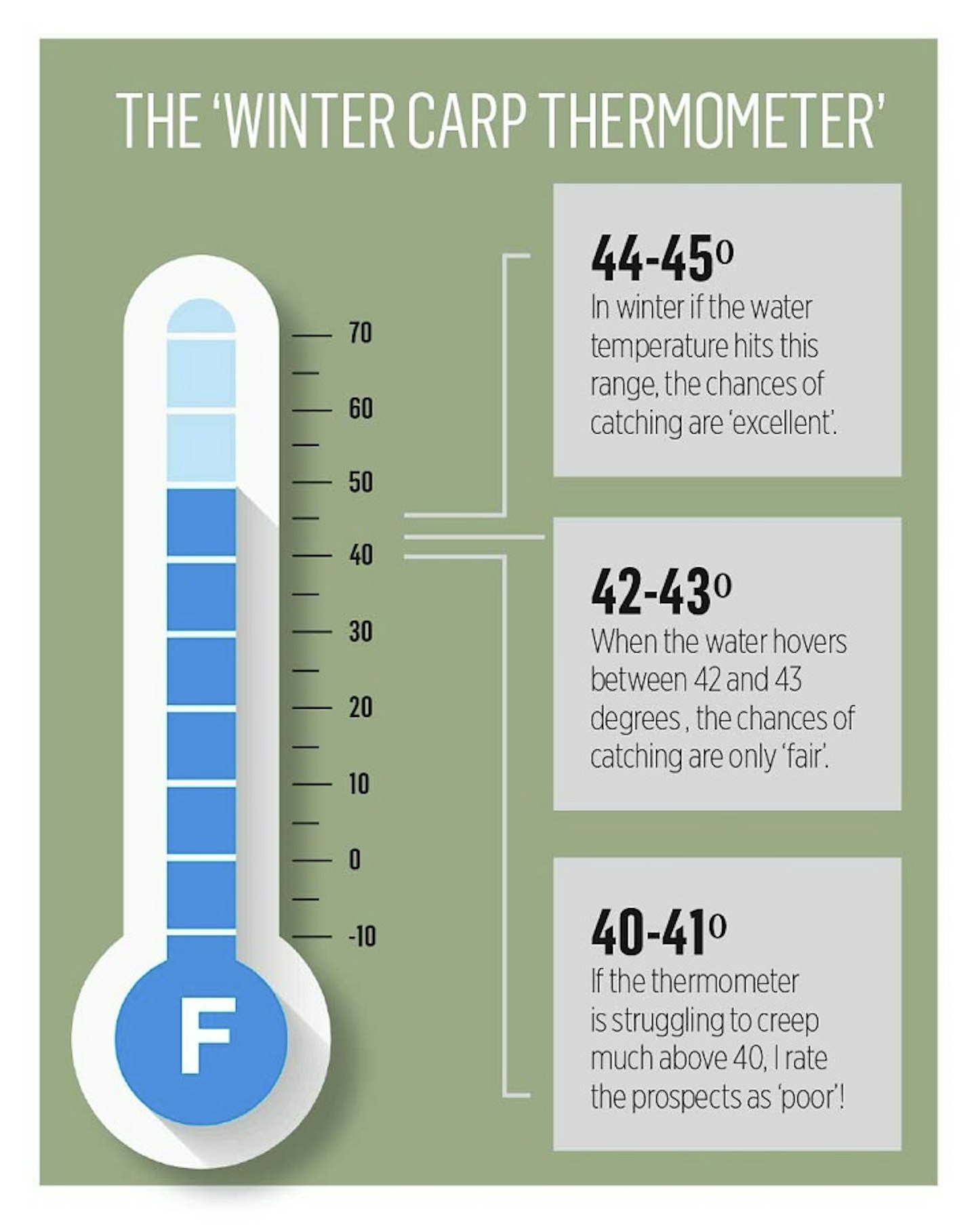
ACT ON SUBTLE SHOWS
When it comes to visible signs of carp, there’s normally much less to go on through the colder months, and any signs that do emerge are way more subtle than they would be in summer.
If you’re lucky enough to see one break the surface, or witness a bit of bubbling, then obviously that would be a great starting point.
Often, it’s the lack of signs combined with uncomfortable, cold and bleak conditions which dampen the confidence and cut things short, so just knowing for certain that you’re fishing in an area which the carp frequent through the winter will make all the difference and boost both your spirits and your prospects of catching.
Through the warmer months there’s often lots of signs to go on, sometimes so many that you may even find yourself ignoring some of them for fear of running yourself in circles. In the winter though, things are very different; every little sign is of value.
Using our eyes and ears is always of prime importance, but in the winter even more so, especially at dawn and dusk… which brings me onto the next important topic, which is timing.
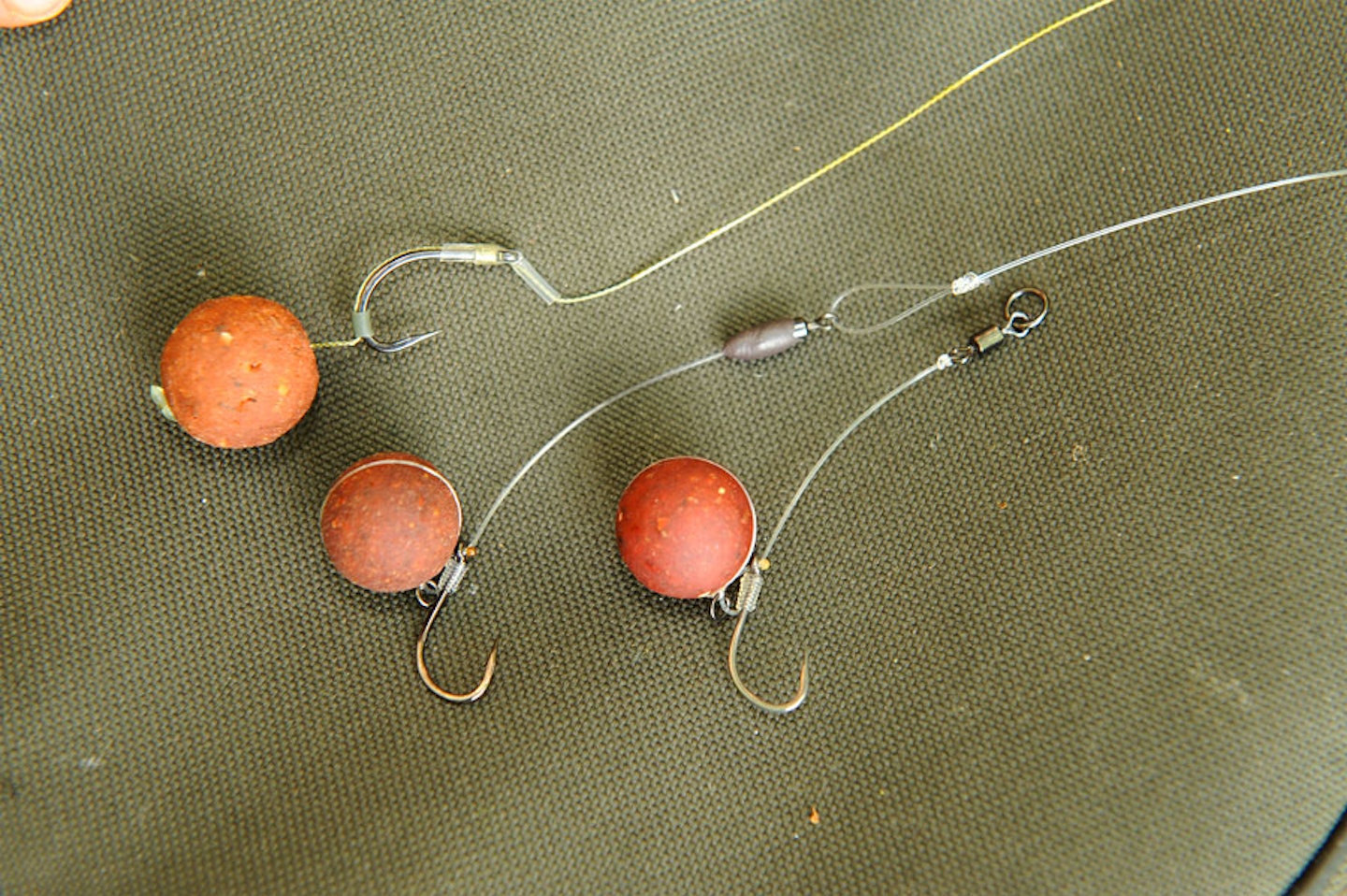
TIME YOUR TRIPS
I know it’s not always possible to time your trips to coincide with the best conditions, but if you can, then it really does make a huge difference.
Winter carping is often a process of elimination, and with no signs to go on we might choose a spot for no other reason than it just looks and feels right.
However, when fishing like this, nowhere can be ruled out until we’ve fished it at the right times.
Whereas action might come at any time of the day or night in summer, in winter those feeding spells are likely to be just an hour or two each day, and so it’s important to make a note of when any action has occurred, or when you’ve noticed a lift in activity, and to make sure that the rods are fishing well through those times.
In other words, if you saw a bit of bubbling at dusk one day, then make sure that the rods are out and settled well before this time during the trips that follow.
It’s also worth remembering that ‘take times’ can vary from one swim to the next.
While one swim might be good for evening action, another might only produce the goods at dawn.
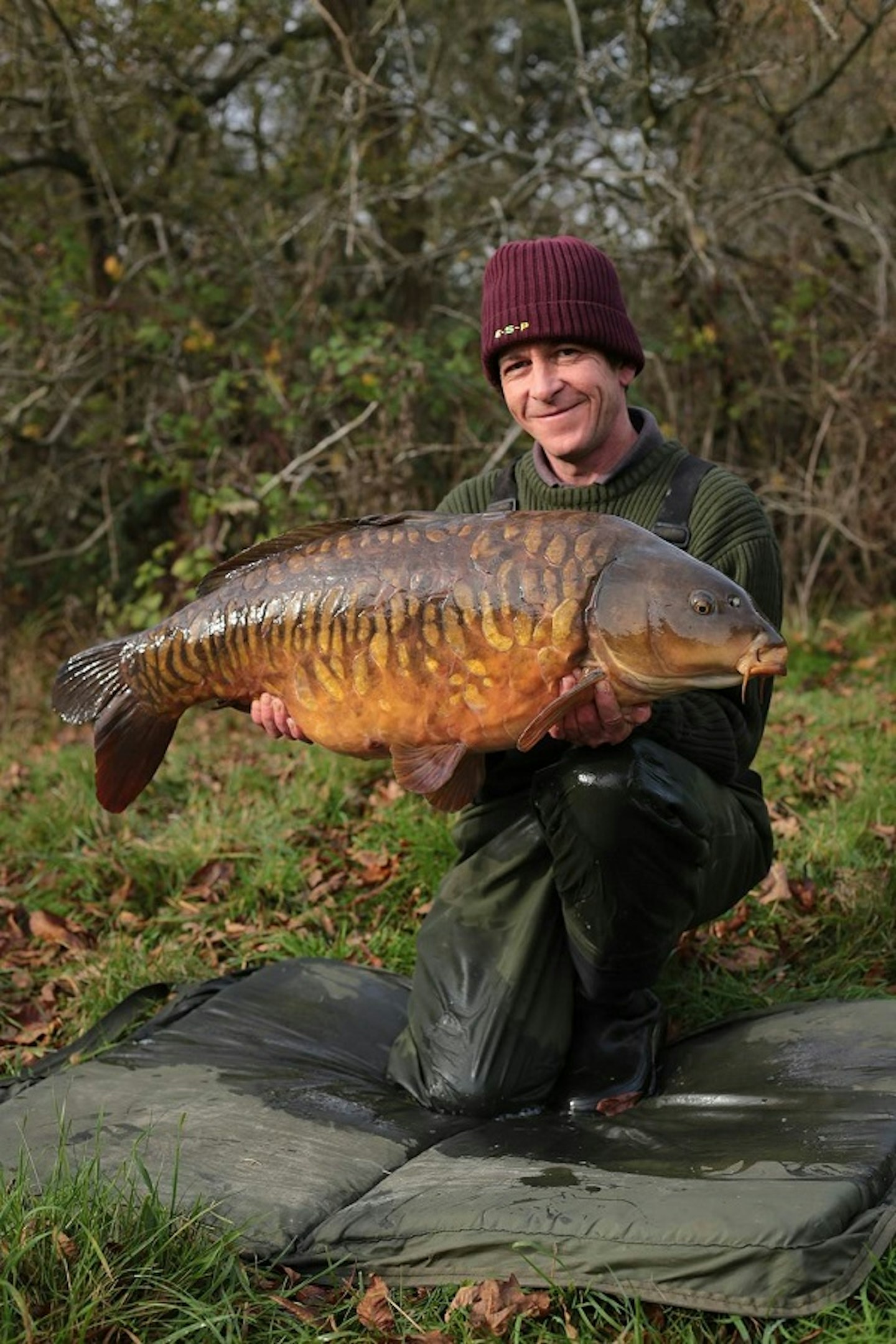
FAMILIAR FACES
Rod Hutchinson once wrote how even in the grimmest of conditions there’s always likely to beat least one carp in the lake which is willing to have a little feed at some stage throughout a 24-hour period.
This is very true, and I’ve fished waters through the winter where certain fish seem to be regular visitors to the bank, while others disappear for months on end.
I just think that for whatever reason, some carp acclimatise better to the colder conditions than others.
On one 90-plus acre pit which I fished through the winter I caught the same chunky 23lb mirror three times, and then I caught him again the following winter too.
There’s a bit more to the story than that, as on each occasion I returned him to a lagoon-like body of water behind the swim I was fishing, joined to the main lake by a narrow channel.
The lagoon itself looked a perfect winter home, deep, snaggy and protected from the winds, yet each time I returned him there he’d swim hundreds of yards straight back out to the area I was fishing in the main lake.
One of the captures came while the lake was covered in a thick freezing fog and the trees around me were white with hoar frost.
While that carp was still happily feeding and getting about the lake, there were others that I wouldn’t have even known existed, not until the spring when they suddenly appeared from nowhere.
Some carp certainly seem to deal with winter better than others. It’s food for thought, for sure.
KEEP FAITH IN YOUR RIGS AND BAIT
So, fish location and the timing of your trips are at the very top of the list, and only once you know that you have those things right is it worth playing about with different baits and rigs.
On the subject of rigs, my advice is to use whatever you already have confidence in, and the same goes for bait. Probably the most suitable boilies for winter use in my freezer right now are 10mm Complex-T, which despite having a good fishmeal content are soft, loosely textured, and take on water well.

Saying that, the best bait for the job can vary massively from water to water, and if you’re fishing a venue that’s seen plenty of angling pressure then I’d most definitely advise experimenting with something other than boilies.
On the right waters boilies can still work well, but they’re better used in small quantities, and preferably broken and crumbed too, which not only helps them to pump out more attraction, but also makes them more digestible to the carp.
Even then, if you’re going to be using any amount then you’re likely to get a better response adding small particles such as hemp, groats and corn to your mix, all of which form a big part of my winter carping.
